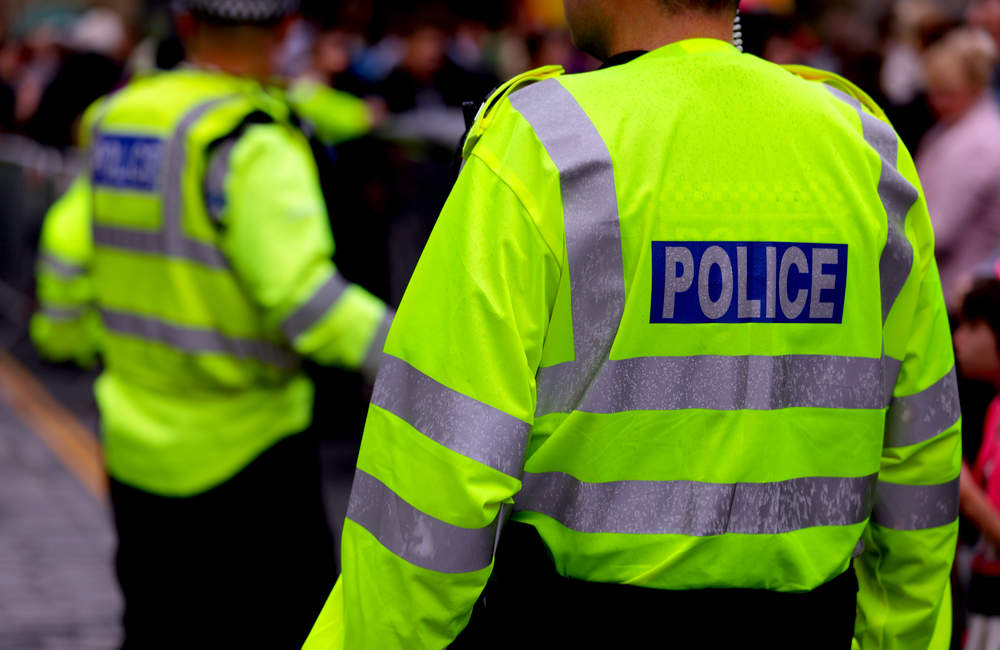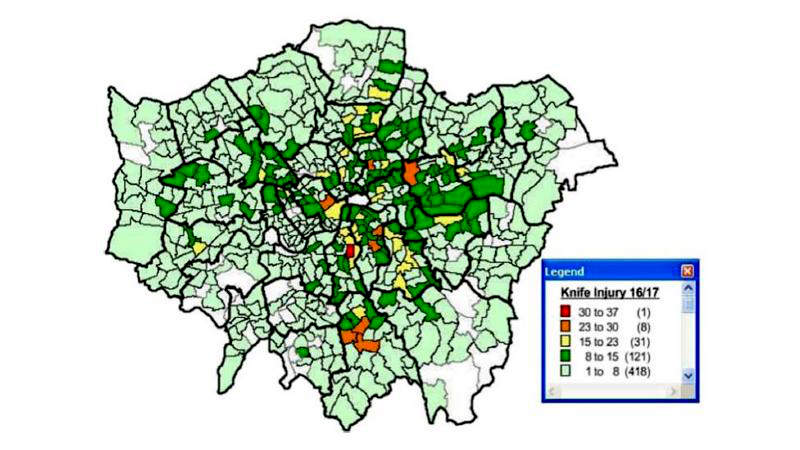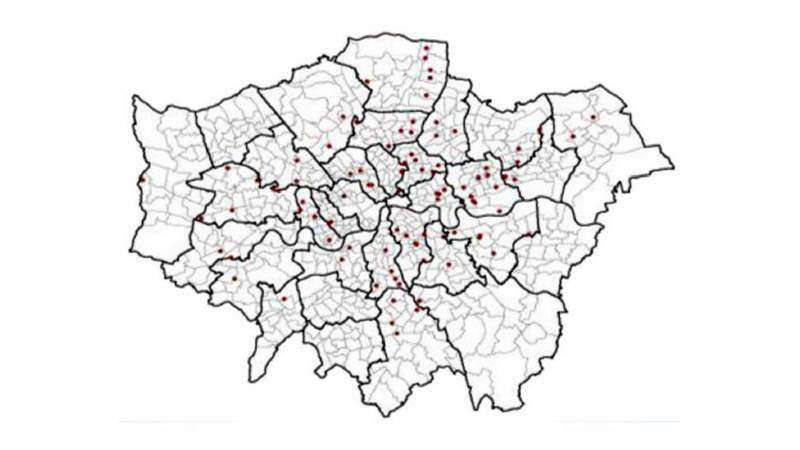
A murder detective believes he has found a way to identify where fatal knife attacks are likely to take place.
Det Ch Insp John Massey trawled through records of knife crimes in London over a 12-month period and found a link with fatal stabbings the following year. More than two thirds of killing in 2017-18 occurred in neighbourhoods where someone had been attacked with a knife the year before.
The research by University of Cambridge criminologists, found that during 2016-17 the Metropolitan Police recorded 3,506 knife attacks where the location of the attack had been identified. The stabbings had taken place in 2,048 of London’s 4,835 local neighbourhoods with a population of around 1,700 – smaller than council wards.

Knife injuries in 2016-17 by council ward
The areas of stabbings were then compared to the known locations of 97 fatal knife attacks in 2017-18. Results showed 67 of the killings occurred where there had been at least one stabbing the previous year.

The map displays fatal stabbings during 2017-18
Mr Massey said: “These findings indicate that officers can be deployed in a smaller number of areas in the knowledge that they will have the best chances there to prevent knife-enabled homicides.”
The study also found 21% of the 590 fatal stabbings in London over a 10 year period were flagged by police as involving gangs. Researchers said the figures “contradict a widespread view that knife-enabled homicides are primarily gang-related”.
Cdr David Musker said the Met was “always open to reviewing and utilising emerging academic research” and that it supported the Met’s own current research.
He added: “Any research that can help inform both the short and long-term response to violence is very welcome.
“We already conduct high-visibility patrols within high-demand areas and hotspots and proactively police high-risk suspects and known offenders as part of our daily policing plans; we also use predictive analytics and mapping to target our patrols and make best use of our resource, prioritising the greatest areas of threat, risk and harm.
“This is something that the Met, and colleagues across the country, have been developing and utilising to great effect for a number of years.”